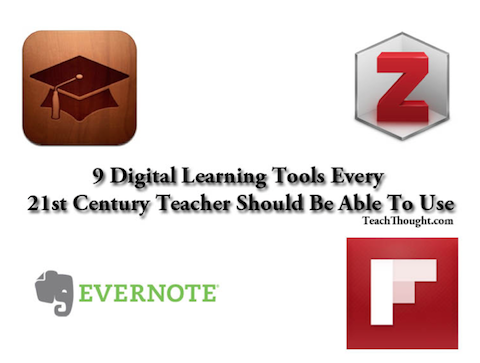In his post on Mindshift entitled How Technology Trends Have Influenced the Classroom, Carl Hooker outlines the many changes taking place in both society as well as technology that mean that learning and teaching methods have to change – and are changing.
As educators, it’s our job to make sure that students (and adults) are learning. Part of that process isn’t only about making an engaging activity or lesson, but also realizing how the modern brain learns.
For each of the headings below he outlines the classroom outcomes for these changes.
The Increase of Interactivity
On-Demand Living
Self-Publishing the World As We See It
Everything is Mobile (and Instant)
Embracing the Digital Brain


